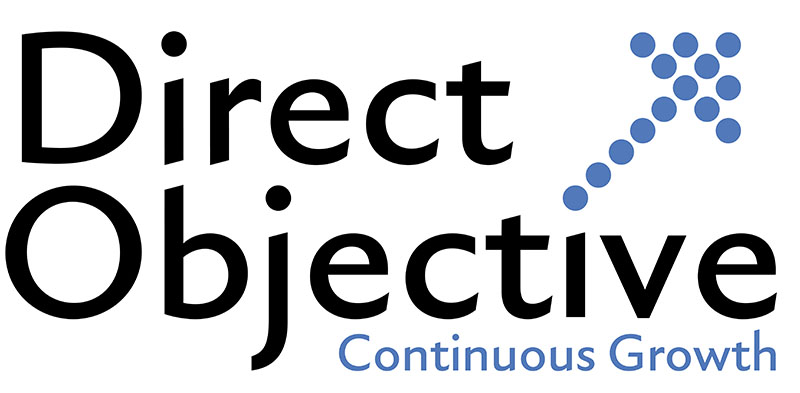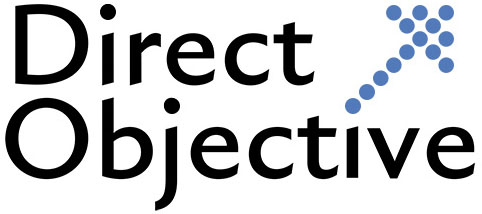Most companies shy away from setting a growth strategy, or a concrete business strategy. They prefer to skip right to the process of client prospecting for B2B sales.
Indeed, clearly defined marketing strategies play an instrumental role in reaching sales conversions. Basically, if you are offering the best solution in the world, what good is it if you’re suggesting something to clients that have no interest or budget for it?

Growth Strategy Differentiates Your Solution
In short, how can you demonstrate your product’s value if your solution doesn’t seem different from existing solutions? Similarly, what if your solution is a major success, but you’ve discovered that your business model isn’t viable? Thus, while your client benefits from your solution, your company just accumulates losses.
Hence, avoid these nightmare scenarios! Ask yourself: who, what, where, why, and how?
Who are you targeting in your business strategy?
Initially, you must analyze whether you are addressing the most profitable target market segmentation for your business. Then, does your growth strategy target the ideal clients for your solution? Later, ask yourself if the prospective clients that you’re focusing on are the ones that would benefit most from your offering, and if they will be able to afford it.
What is your marketing message?
Ensure that you simplify your marketing message. By creating your positioning marketing strategy, potential buyers will understand why they need to do business with you. So companies should make it crystal clear, shaping their solutions as easy to grasp. As one of our clients once said: “I want my mother to understand what I’m offering in my business.”
Where do you stand in the competitive market?
Once you have a firm grasp on the who and what, you need to know how you stack up against the competition. With proper competitive analysis, you can understand:
-
- what advantages your organization can bring to the market and
- where you can improve B2B sales.
In sum, what really differentiates your solution from the competitors?
Why should clients buy your product?
Therefore, making sure that the target market needs are met with your offering is very important. This is the key that unlocks the door. Only if you identify the right market requirements for your solution and then implement it according to the functional design specification, will you be able to create a demand for your solution.
How can you put your marketing strategy together?
After you validated that there’s a demand for your solution, you must ensure your business model and pricing makes sense both for your clients and for your own company. Now, you’ve established the business strategy. You paved your way to preparing a strategic marketing action plan. This can provide a roadmap for lead generation marketing campaign execution!

What's Your MarketingReadyTM Ranking?
Click here to assess your business’ B2B Marketing Proficiency
Let Direct Objective guide you on your way to increased B2B sales through effective business strategy, growth strategy, and marketing strategy. Contact us today!










